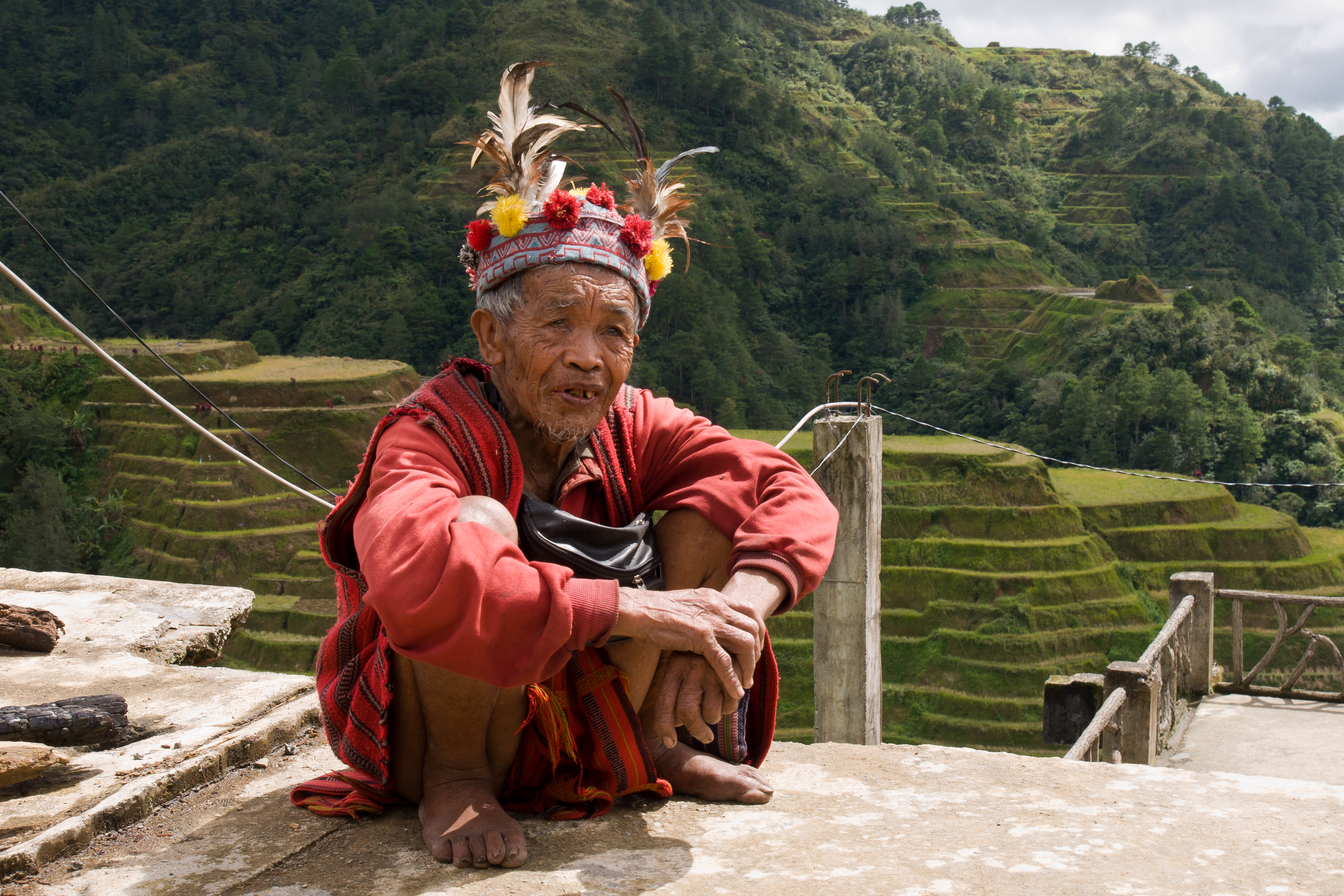|
Mangubat
Mangubat is a Visayan, and old Tagalog word that means "to battle or combat". according to Ifugao Tuwali language Mangubat refers to those who war against a group of people or country. It is mentioned in Antonio de Morga Antonio de Morga Sánchez Garay (29 November 1559 – 21 July 1636) was a Spanish soldier, lawyer and a high-ranking colonial official for 43 years, in the Philippines (1594 to 1604), New Spain and Peru, where he was president of the Real Aud ...'s 1609 book ''Sucesos de las islas Filipinas'': :''These Visayans are a race less inclined to agriculture, and are skilful in navigation, and eager for war and raids for pillage and booty, which they call "mangubat". This means "to go out for plunder."'' Notes References {{reflist Visayan culture ... [...More Info...] [...Related Items...] OR: [Wikipedia] [Google] [Baidu] |
Tagalog Language
Tagalog (, ; ; '' Baybayin'': ) is an Austronesian language spoken as a first language by the ethnic Tagalog people, who make up a quarter of the population of the Philippines, and as a second language by the majority. Its standardized form, officially named ''Filipino'', is the national language of the Philippines, and is one of two official languages, alongside English. Tagalog is closely related to other Philippine languages, such as the Bikol languages, Ilocano, the Bisayan languages, Kapampangan, and Pangasinan, and more distantly to other Austronesian languages, such as the Formosan languages of Taiwan, Indonesian, Malay, Hawaiian, Māori, and Malagasy. Classification Tagalog is a Central Philippine language within the Austronesian language family. Being Malayo-Polynesian, it is related to other Austronesian languages, such as Malagasy, Javanese, Indonesian, Malay, Tetum (of Timor), and Yami (of Taiwan). It is closely related to the languages spoken in the Bi ... [...More Info...] [...Related Items...] OR: [Wikipedia] [Google] [Baidu] |
Ifugao People
The Ifugao people are the ethnic group inhabiting Ifugao Province. They reside in the municipalities of Lagawe (capital of Ifugao), Aguinaldo, Alfonso Lista, Asipulo, Banaue, Hingyon, Hungduan, Kiangan, Lamut, Mayoyao, and Tinoc. The province is one of the smallest provinces in the Philippines with an area of only 251,778 hectares, or about 0.8% of the total Philippine land area. As of 1995, the population of the Ifugaos was counted to be 131,635. Although the majority of them are still in Ifugao province, some of them have moved to Baguio, where they work as woodcarvers, and to other parts of the Cordillera Region. Demonym The term "Ifugao" is derived from "''ipugo''" which means "earth people", "mortals" or "humans", as distinguished from spirits and deities. It also means "from the hill", as ''pugo'' means hill. The term ''Igorot'' or ''Ygolote'' was the term used by Spanish conquerors for mountain people. The Ifugaos, however, prefer the name ''Ifugao''. History Henry ... [...More Info...] [...Related Items...] OR: [Wikipedia] [Google] [Baidu] |
Tuwali Language
Tuwali language is a native language indigenous to Ifugao. It is mainly spoken in the whole province. Its different varieties distinguish the municipality. Kiangan Kiangan, officially the Municipality of Kiangan is a 4th class municipality in the province of Ifugao, Philippines. According to the 2020 census, it has a population of 17,691 people. Kiangan is the oldest town in the province. It derives its na ... is the oldest town in the province. It derives its name from Kiangan, an ancient village near the bank of the Ibulao River across the Lagawe valley. References Further reading * External linksOnline version of Hohulin and Hohulin's (2014) dictionary and grammar sketch hosted by SIL International Central Luzon languages Languages of Ifugao {{Philippine-lang-stub ... [...More Info...] [...Related Items...] OR: [Wikipedia] [Google] [Baidu] |
Antonio De Morga
Antonio de Morga Sánchez Garay (29 November 1559 – 21 July 1636) was a Spanish soldier, lawyer and a high-ranking colonial official for 43 years, in the Philippines (1594 to 1604), New Spain and Peru, where he was president of the Real Audiencia for 20 years. He was also a historian. After being reassigned to Mexico, he published the book ''Sucesos de las Islas Filipinas, Sucesos de las islas Filipinas'' in 1609, considered one of the most important works on the early history of the Spanish colonization of the Philippines. As Deputy Governor in the Philippines, he restored the ''audencia.'' He took over the function of judge or ''oidor''. He also took command of Spanish ships in a 1600 naval battle against Dutch corsairs, but suffered defeat and barely survived. His history was first published in English in 1868; numerous editions have been published in English, including a 1907 edition that is online at the Gutenberg Project It has also been reprinted in Spanish and other lan ... [...More Info...] [...Related Items...] OR: [Wikipedia] [Google] [Baidu] |


